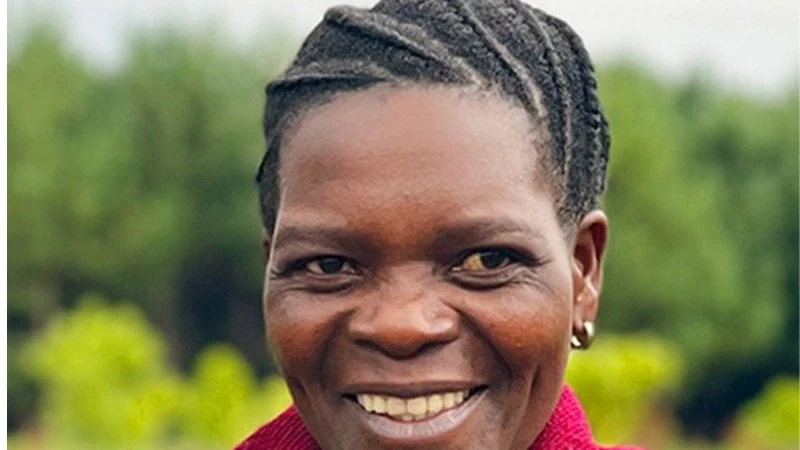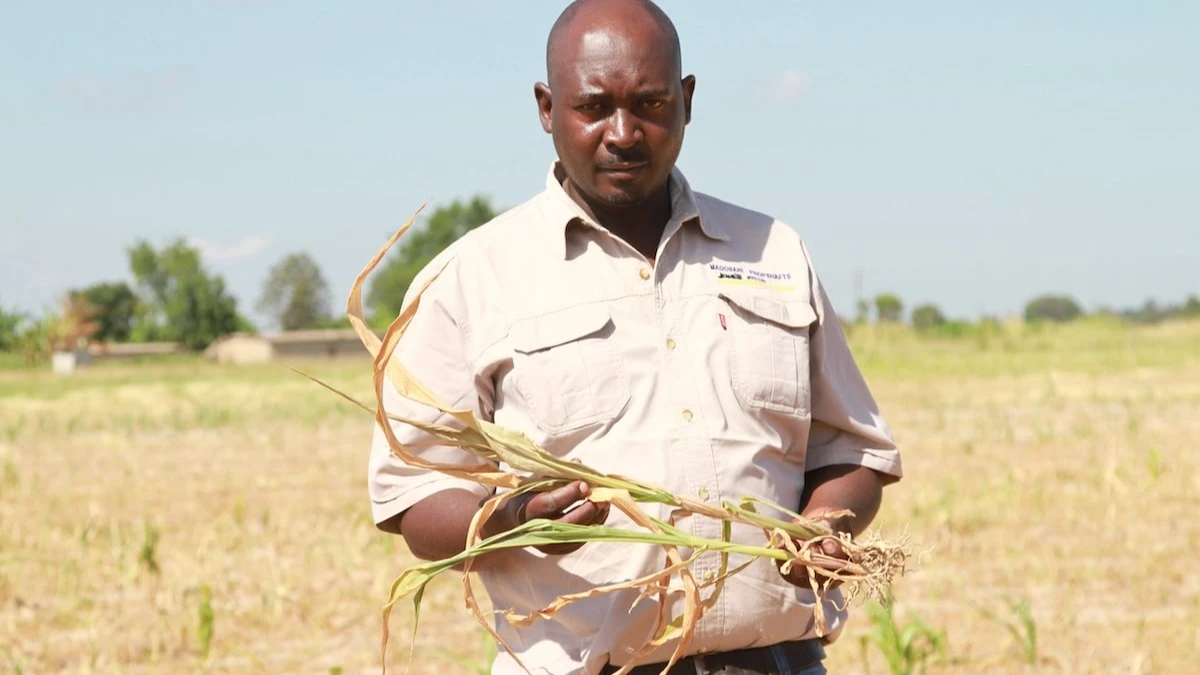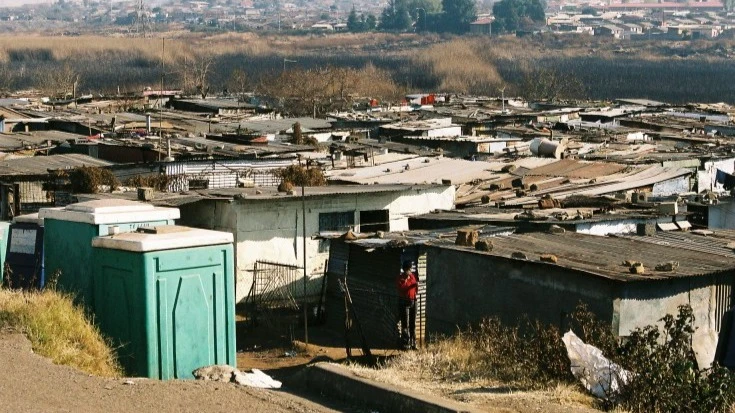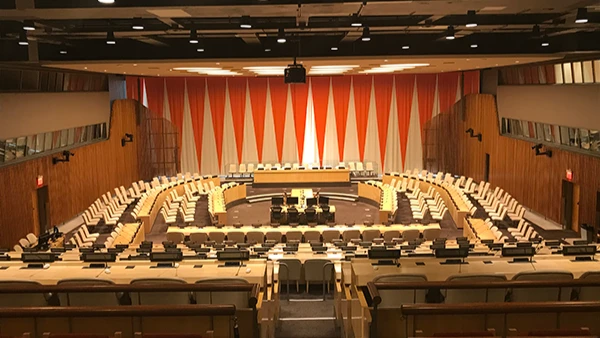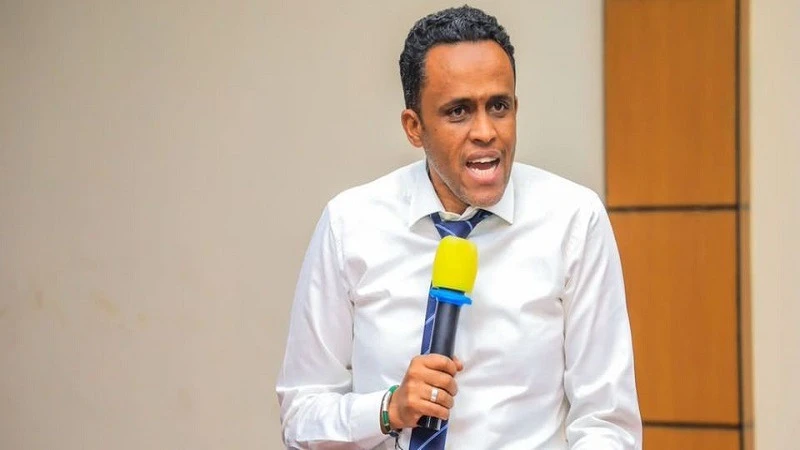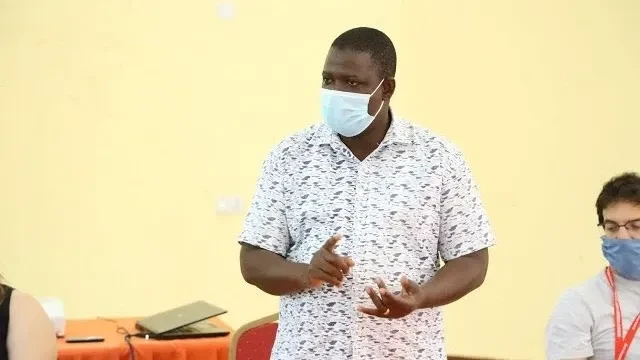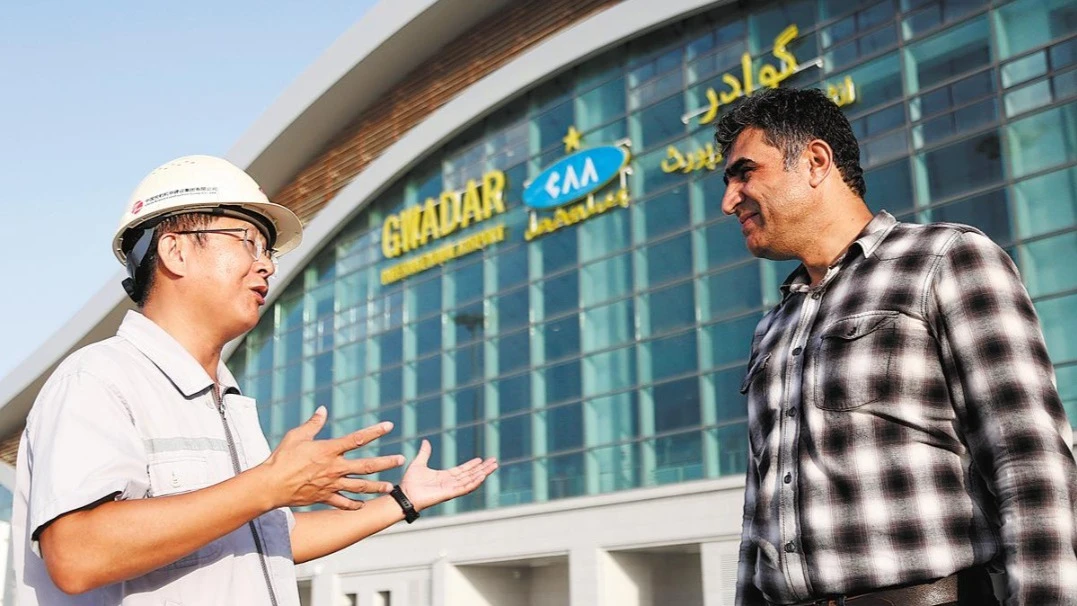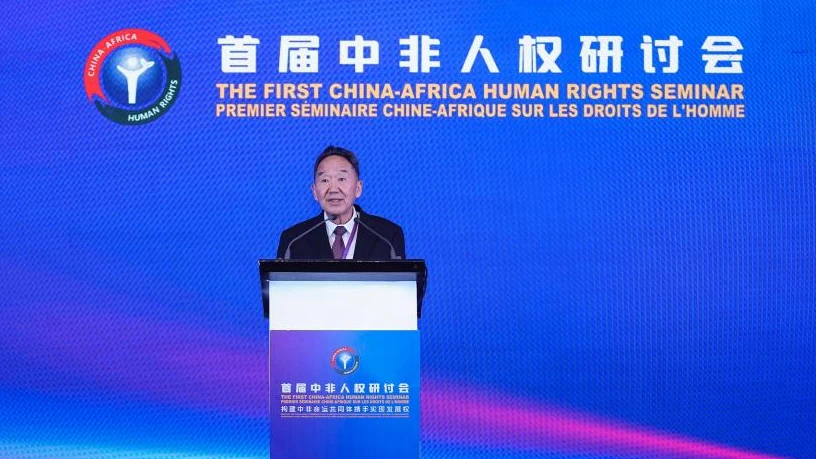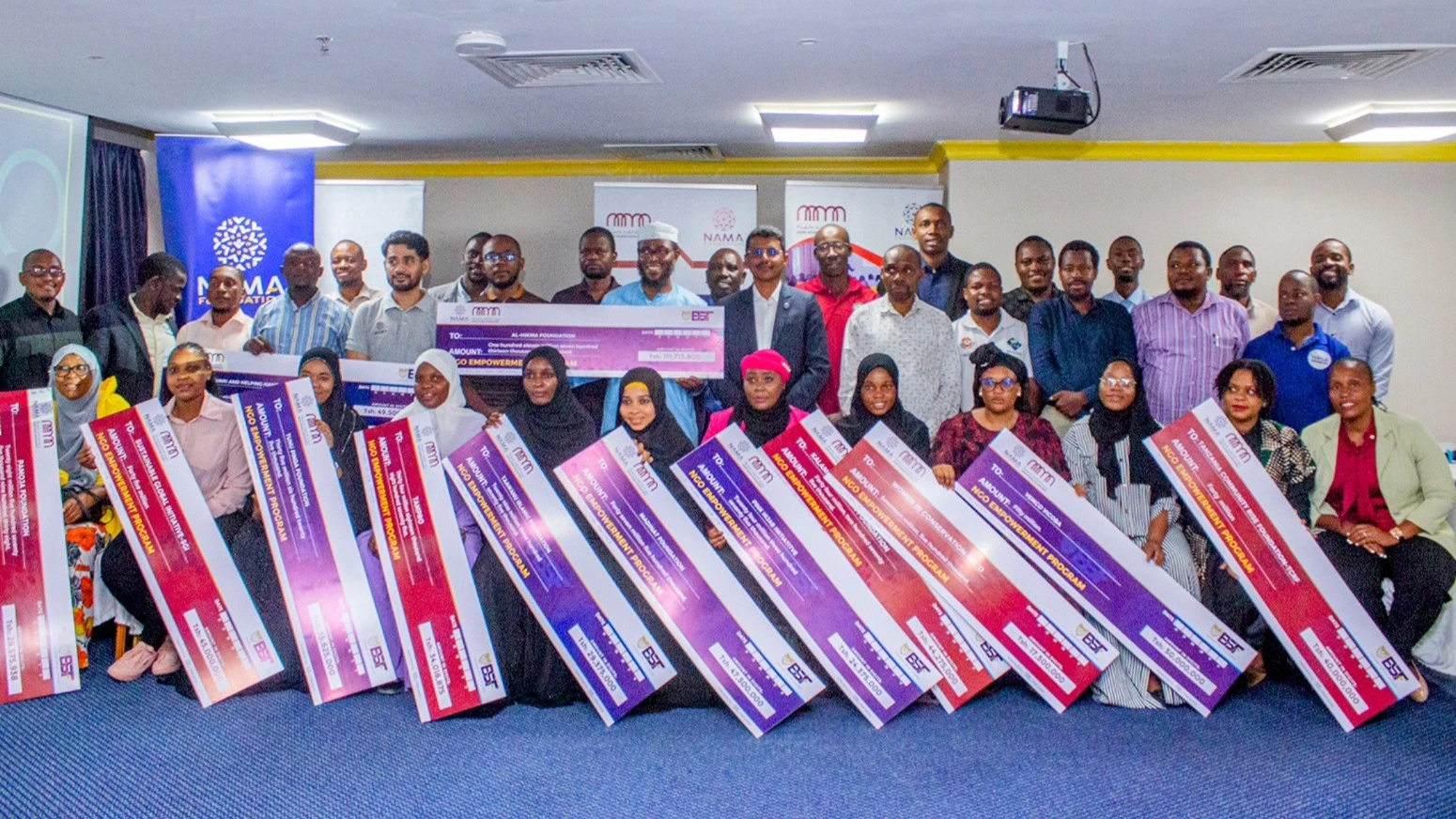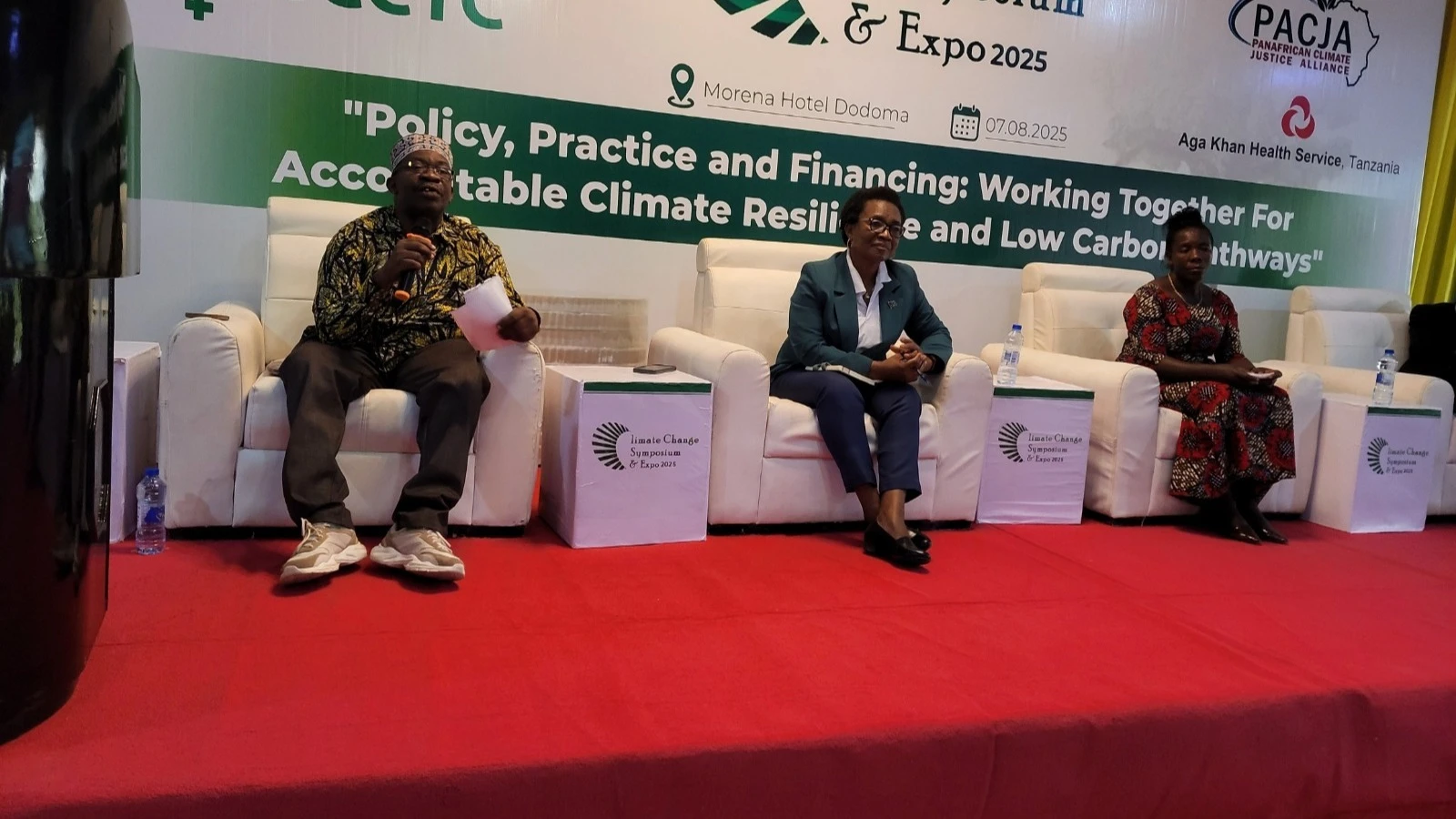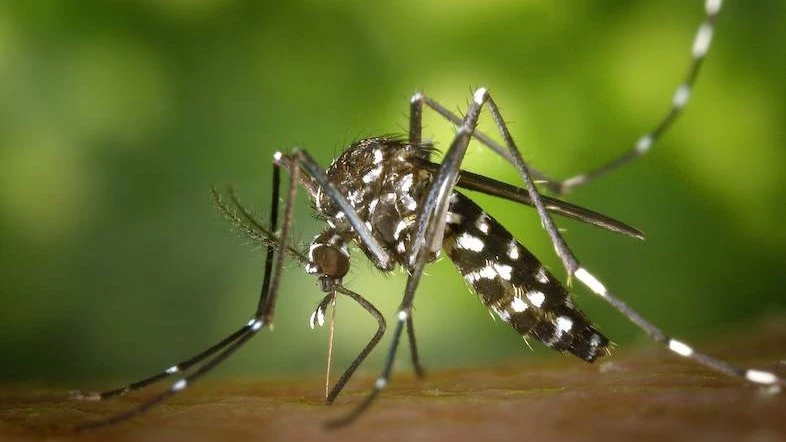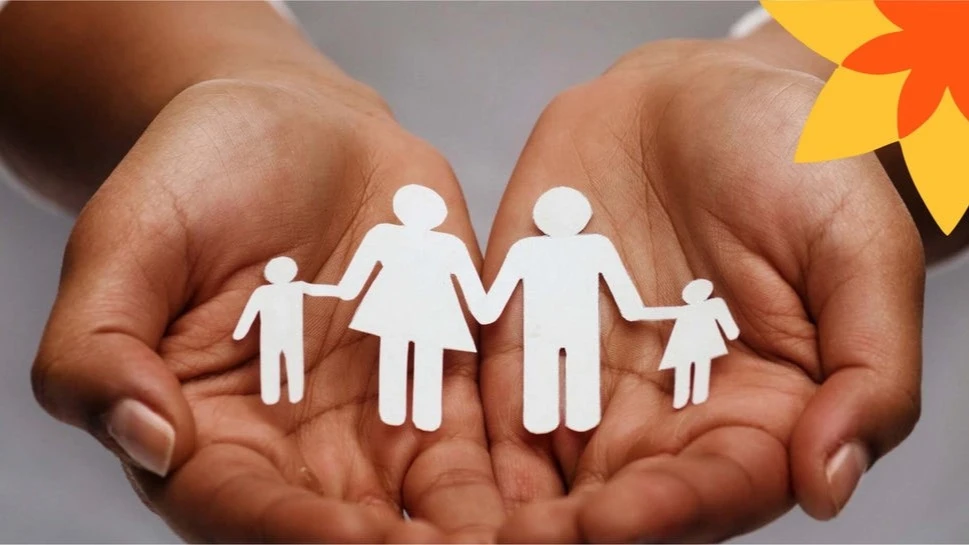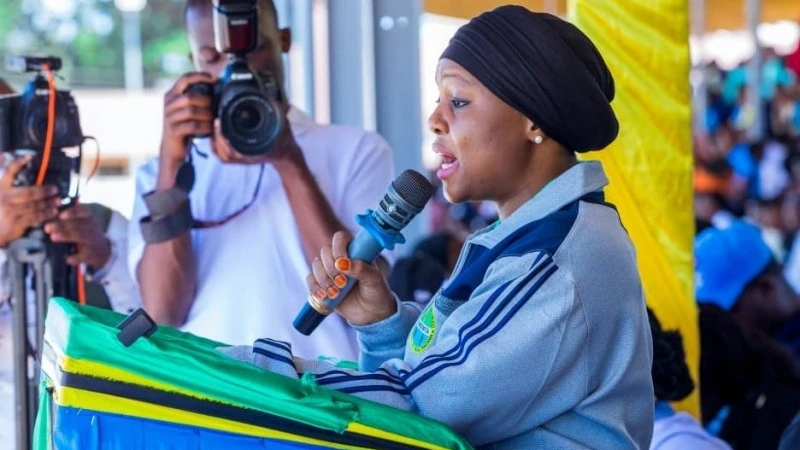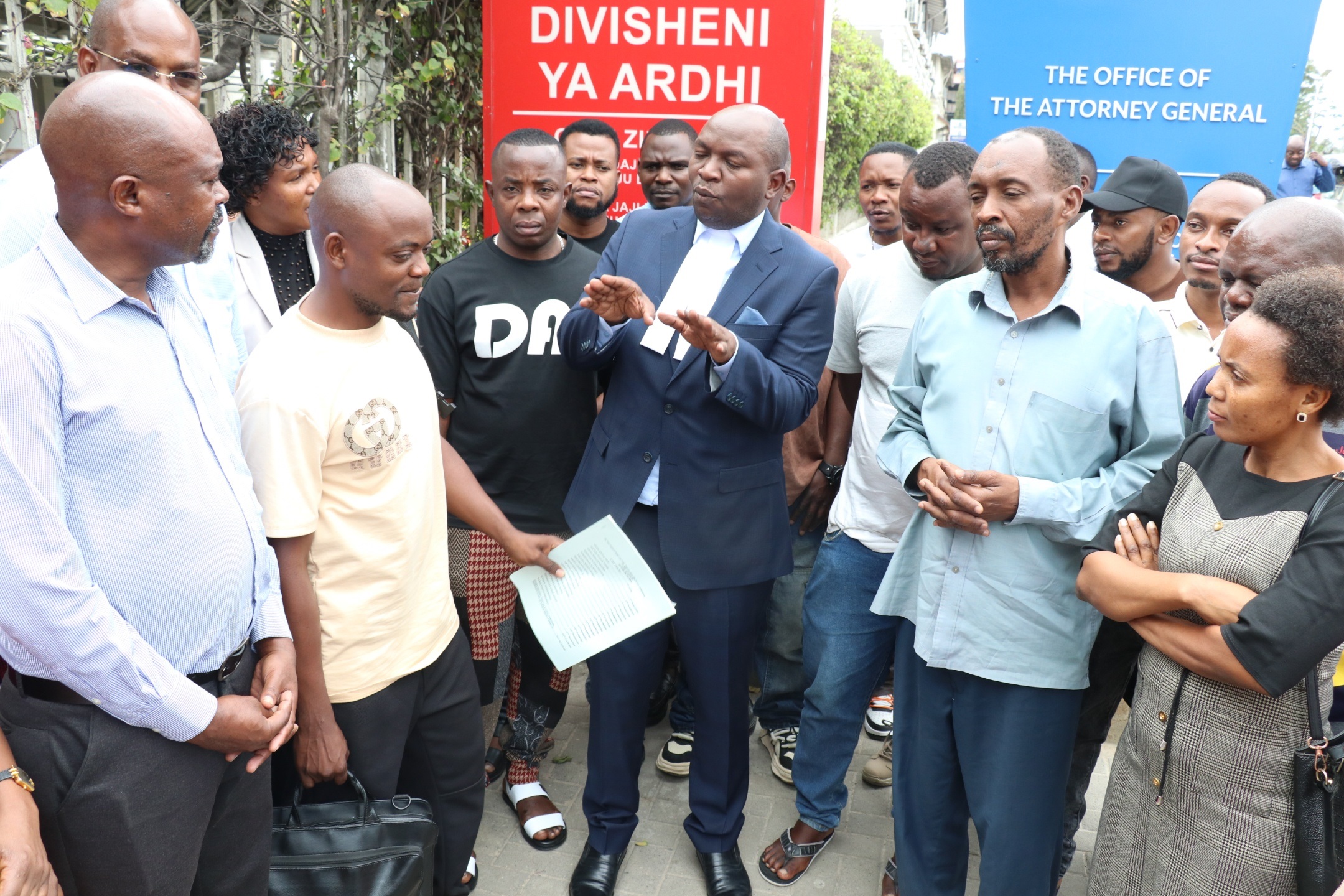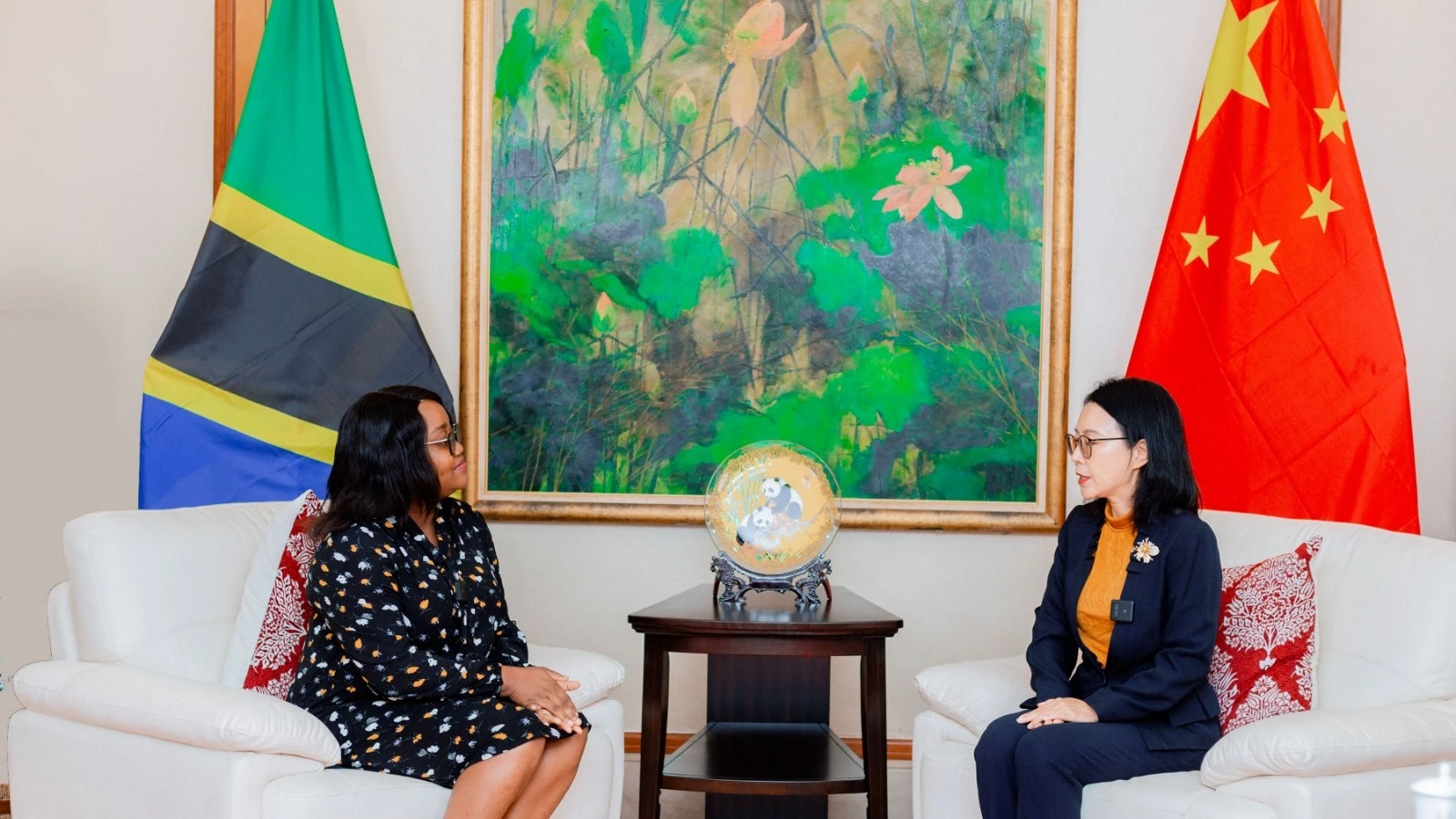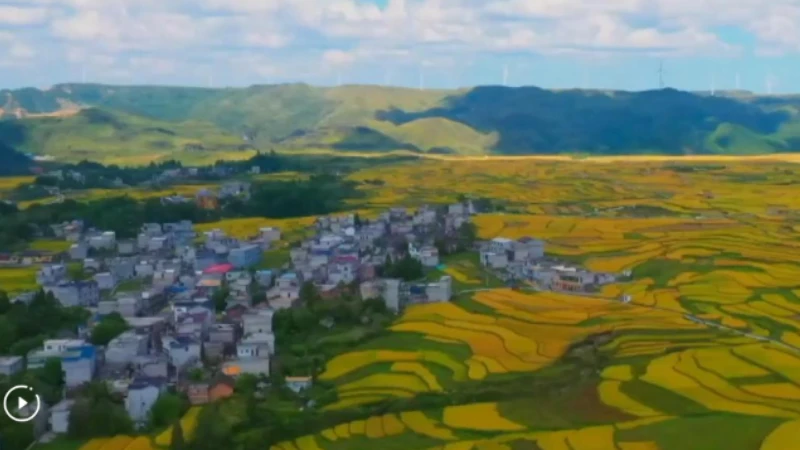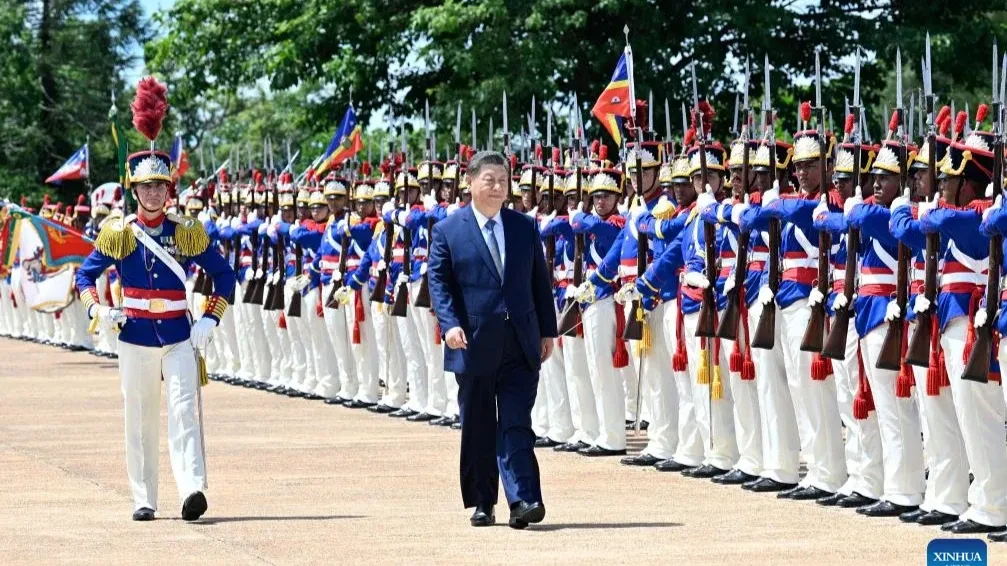Pemba mangrove strategy empowers women, protects coastline and drives climate action
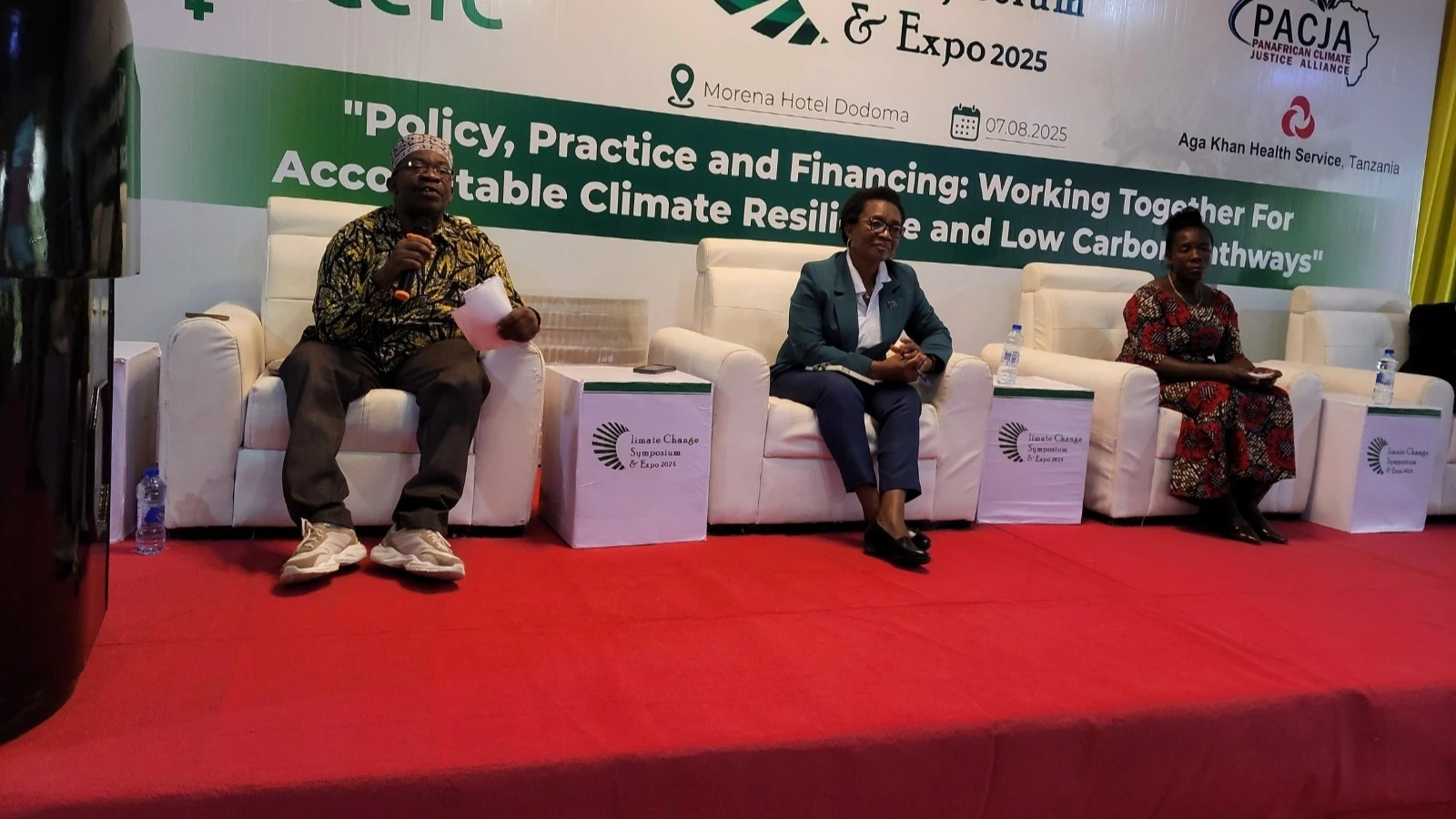
MANGROVE trees help communities transform their lives through carbon trading projects, adapt to climate change impacts, stabilize coastlines by reducing erosion from storm surges, waves and tides, protect water quality, provide nursery habitats for fish species, and offer shelter to wildlife including birds, honey bees and other species.
Due to these benefits, people in Unguja and Pemba Islands are being encouraged to plant mangrove trees to combat climate change and participate in the carbon trading business.
Pemba Island has introduced a new strategy to stop the cutting of mangroves in different areas, aiming to address climate change effects already felt in some regions and help people benefit from carbon trading initiatives.
Musa Kombo, Director of PECREMACO, said this at the Climate Change Symposium and Expo 2025, while discussing the role of girls and women in climate change processes. It featured high-impact discussions on women’s and girls’ leadership in climate change responses.
The event was supported by the Gender and Climate Change Tanzania Coalition (GCCTC), ActionAid Tanzania and Forum on Climate Change (FORUMCC). The GCCTC-led special panel laid the groundwork for meaningful involvement of marginalized groups in policy frameworks and climate justice efforts.
Currently, in Pemba, many areas have been affected by climate change, hence the strong promotion of mangrove planting. “Now the Island is green,” Kombo noted.
Anyone caught cutting mangroves faces legal action. For each mangrove cut, the offender must plant 100 new mangroves and care for them until they mature and produce seeds, which are handed over to village or legal authorities. Kombo stresses that cutting mangroves is now a serious offense in Pemba.
Additionally, PECREMACO has developed an app that captures mangrove destruction. Photos are taken, matched with satellite imagery, and sent to authorities, enabling offenders to be tracked and punished by planting 100 new trees. A satellite-linked mobile system also displays individuals cutting mangroves.
“This system protects mangroves, shields coastal areas from strong winds and waves, ensures community safety, safeguards the island from climate impacts, supports fisheries, and reduces wind speeds,” Kombo explained.
To strengthen climate action, PECREMACO has empowered women across Pemba and Unguja Islands to grow and conserve mangroves, practice beekeeping, and expand seaweed farming.
“We encourage women to plant mangroves to absorb carbon, earn cash, fight poverty, and support government revenue through carbon trading,” Kombo said.
With PECREMACO’s training, women formed the Tustahimiliane Group in Unguja, engaged in breeding rare birds that attract tourists, producing honey, and expanding mangrove planting—turning climate challenges into opportunities. The group has 50 members, 48 women and 2 men.
PECREMACO has also introduced by-laws for mangrove conservation through ‘Masheha’ (ward officers) and trained 1,000 people, including 570 women, on mangrove planting. Another 300 youth were trained in seaweed farming, with 160 planting mangroves in Chalawe village and at the Usafi Hub.
So far, 20,700 mangroves have been planted in Chalawe, where climate change has caused erosion and coral damage. Mangroves have also been planted in Makuwe and Wesha, the latter badly affected by oil leakage from a power plant. In Kangani Kukuu village, 5,000 mangroves were planted with strong community participation.
Through the COFOMA project, women received training in mangrove planting and seaweed farming. Kombo noted that women are now avoiding mangrove cutting for seaweed poles, instead using iron supports. He praised Zanzibar’s government for supporting women with modern boats for deep-water seaweed farming, and the Zanzibar Climate Change Alliance for enhancing women’s skills in mangrove planting.
In Kinazini village, 120 youths planted mangroves near the Bank of Tanzania. Another 260 did so in Kilimani chini and Kisakasaka, while 150 planted in Donge and Muwanda. In Paje, Jambiani, and Bwejuu, 150 youths participated, with 72 joining in Jonzani.
Additionally, 600 members of the Savings and Credit Cooperative Society (SACCOS) in Kiuyu Mbuyuni engaged in mangrove restoration.
GCCTC legal coordinator Wolflam Kiri emphasized the power of unity in addressing climate change, particularly among women and girls. “We have seen how women and girls unite to tackle climate change in their daily lives,” he said.
GCCTC has organized panel discussions, local and international meetings, and community trainings to build women’s awareness on rights, especially land rights, and the courage to face related challenges.
Martha Ngalowera, from the Vice President’s Office Environmental Unit, said: “We involve women in developing biodiversity and climate strategies because women carry communities. They know environmental signs, collect firewood and water, and are most affected by climate change.”
She stressed the need for women’s knowledge to shape national and international policies.
Top Headlines
© 2025 IPPMEDIA.COM. ALL RIGHTS RESERVED



